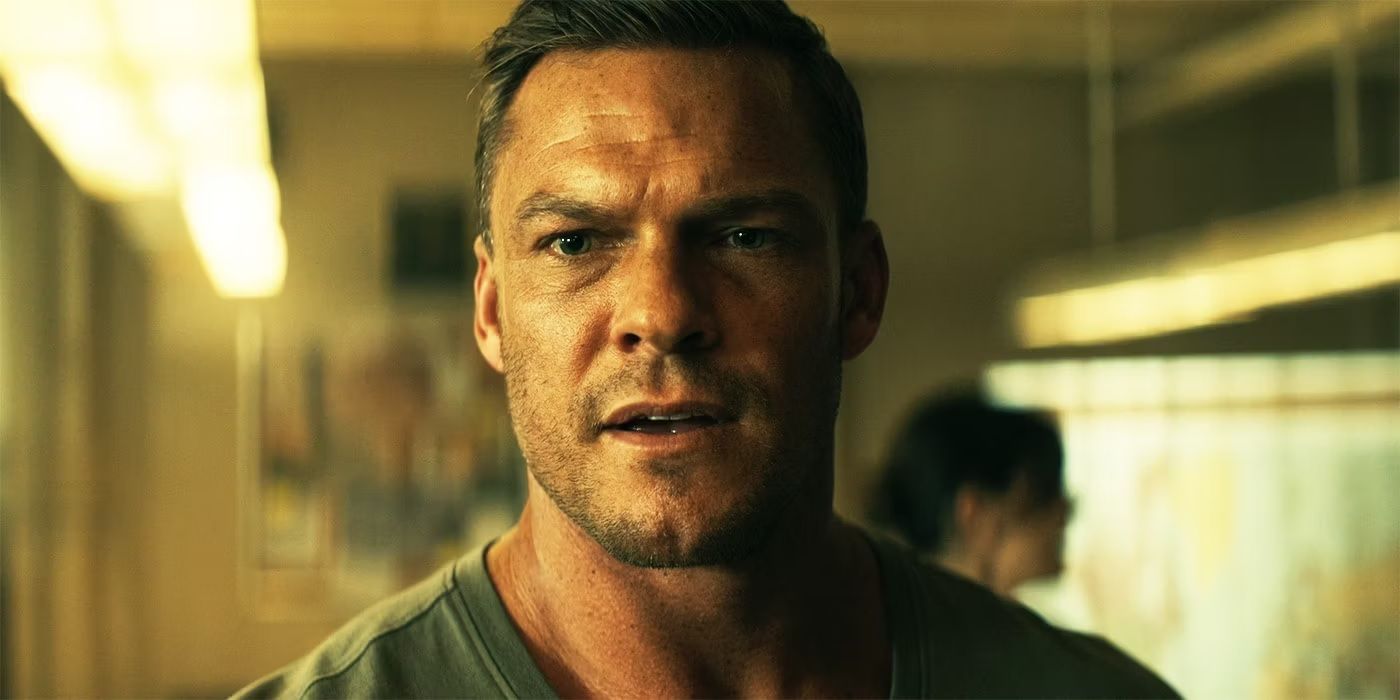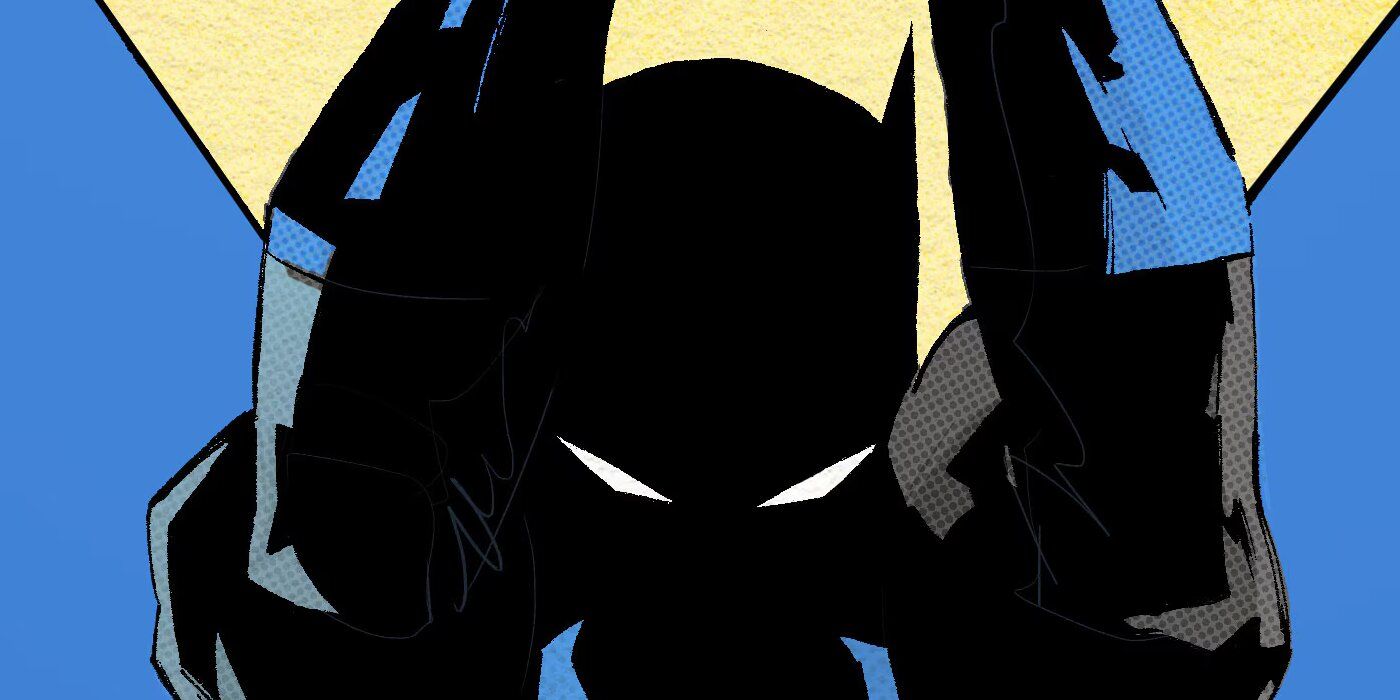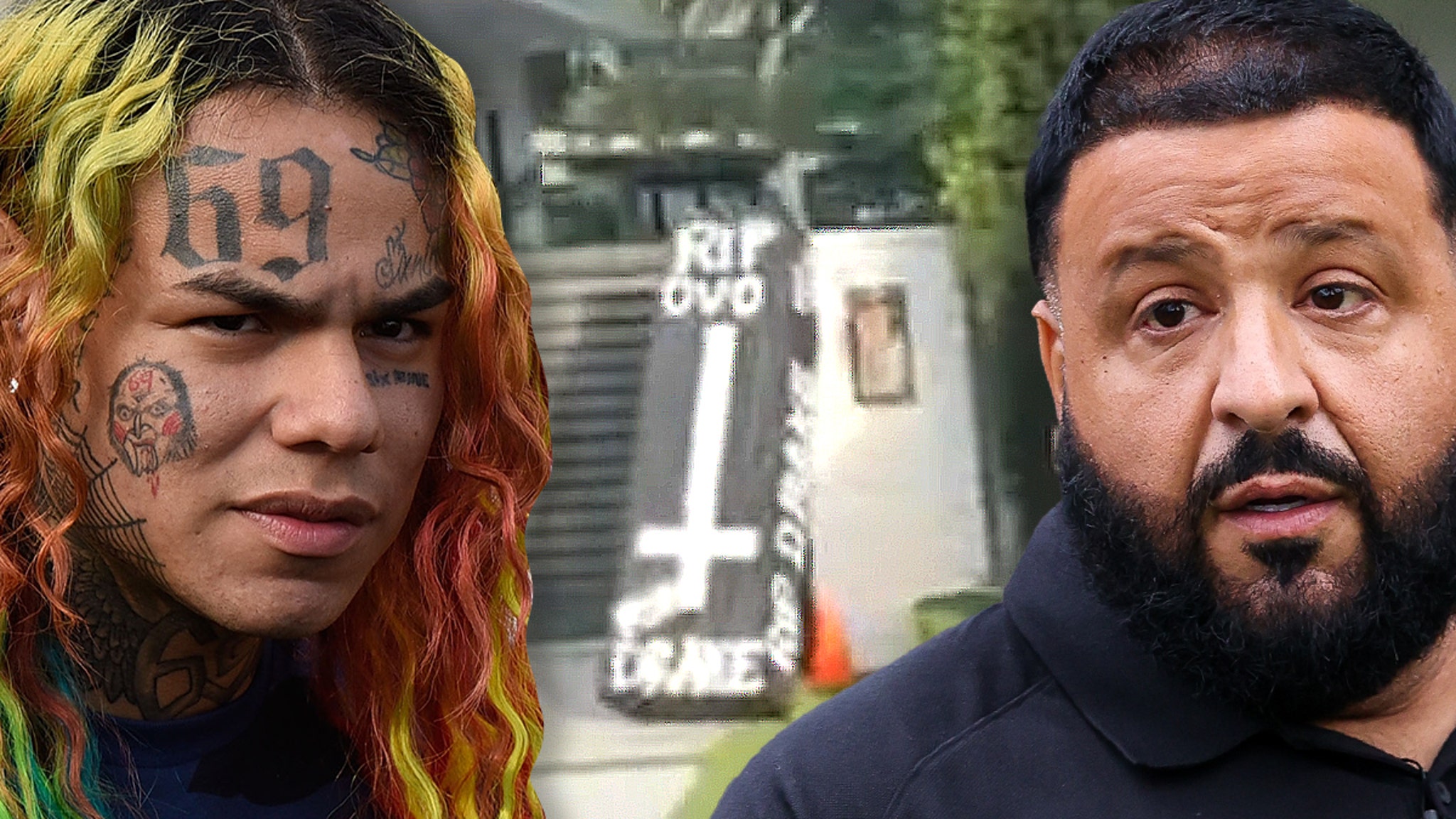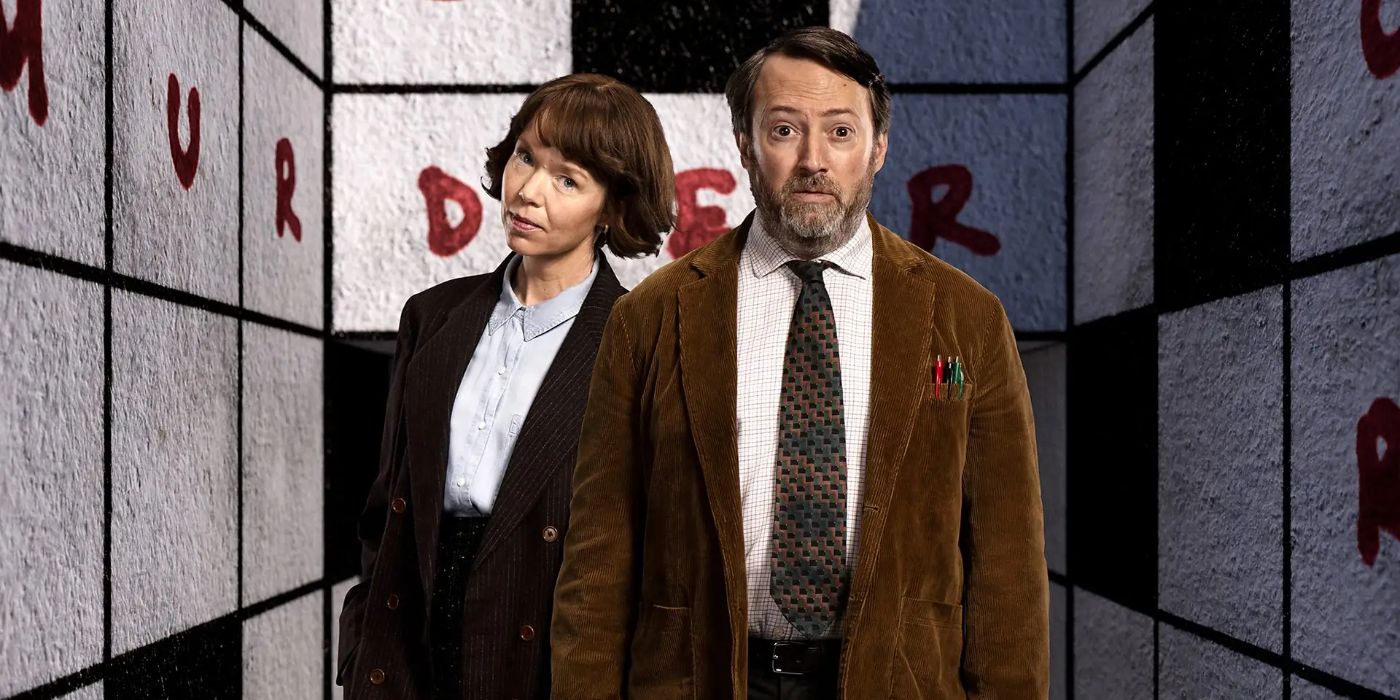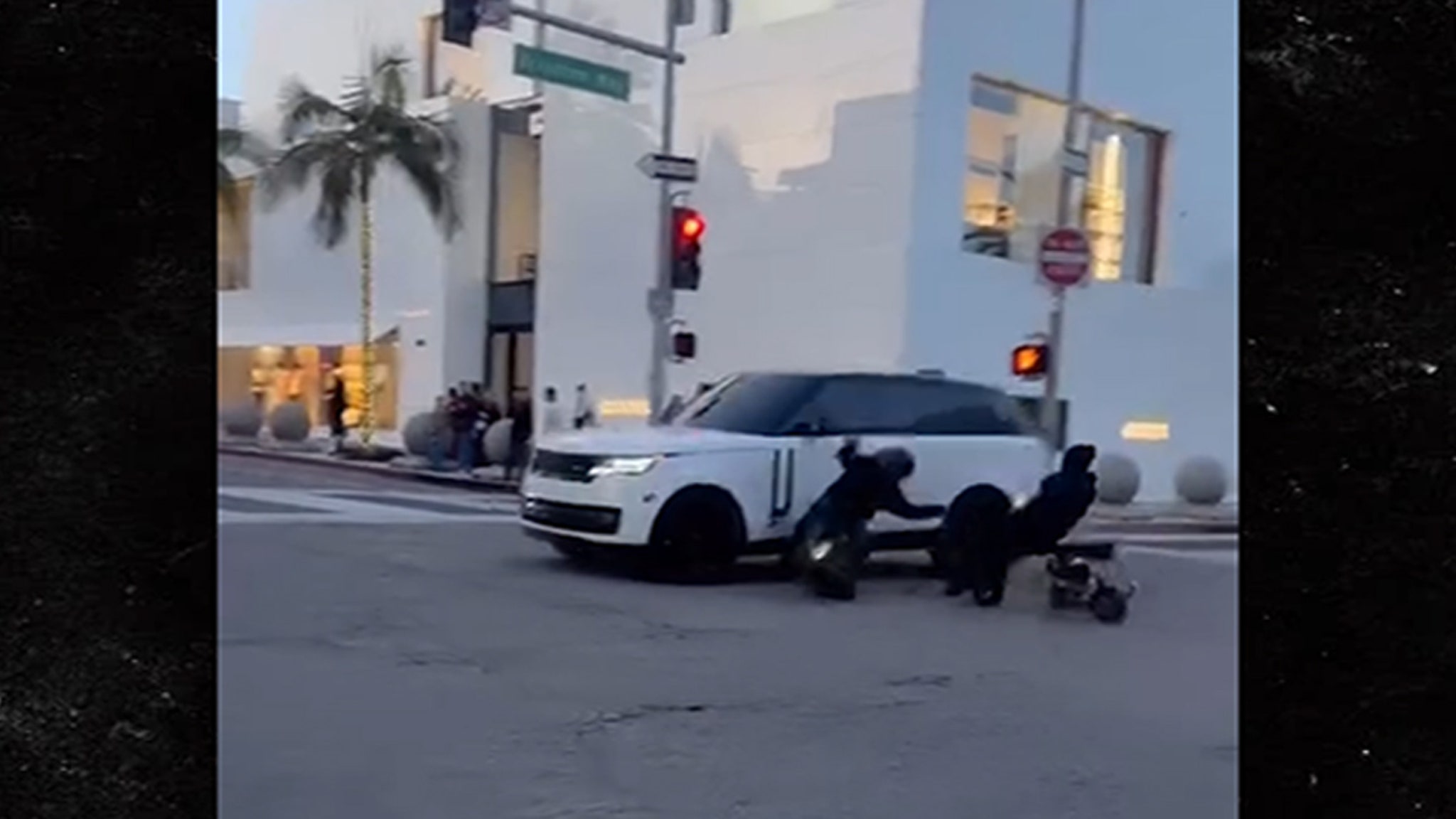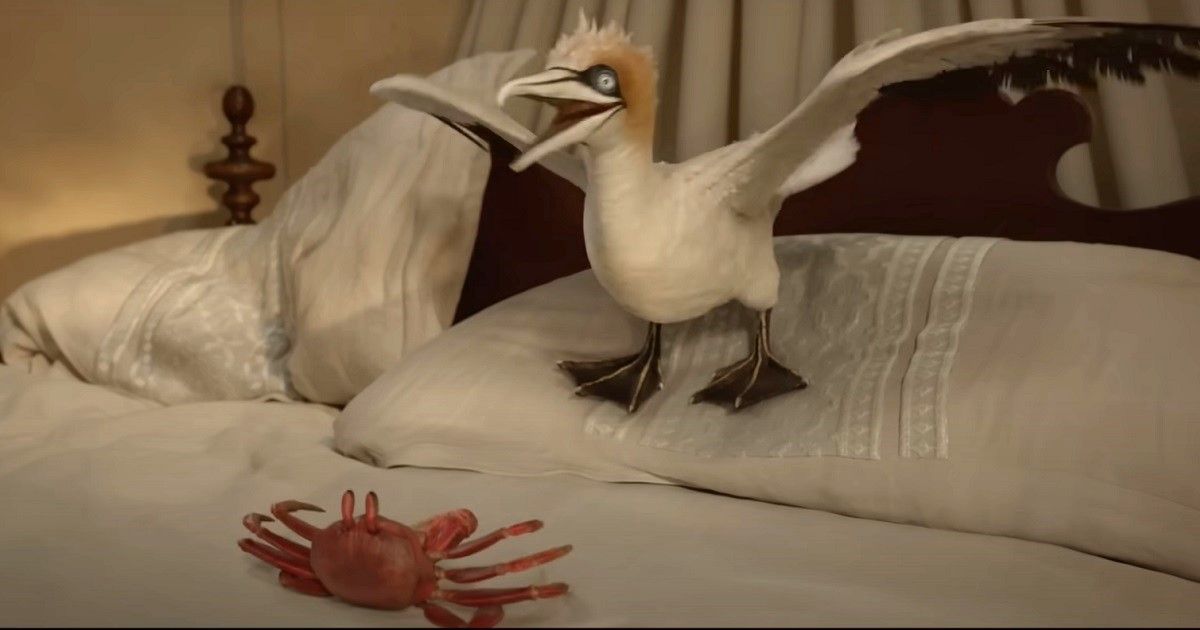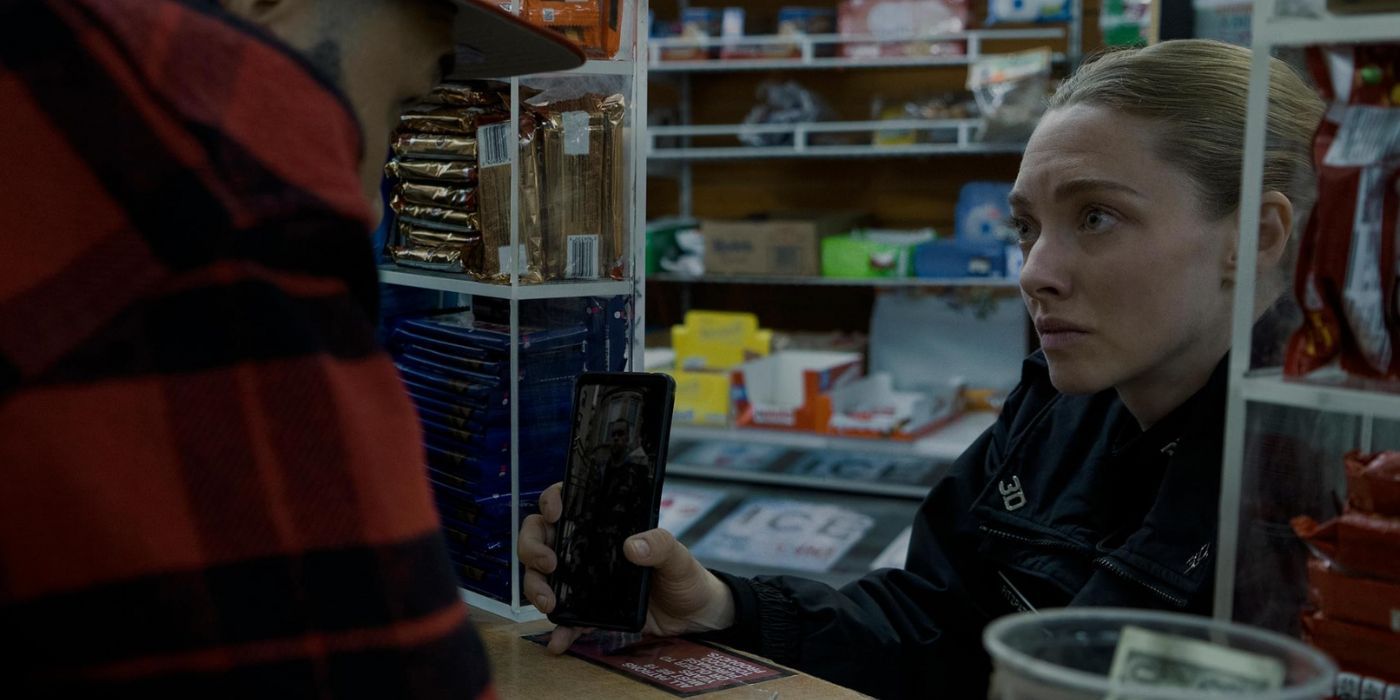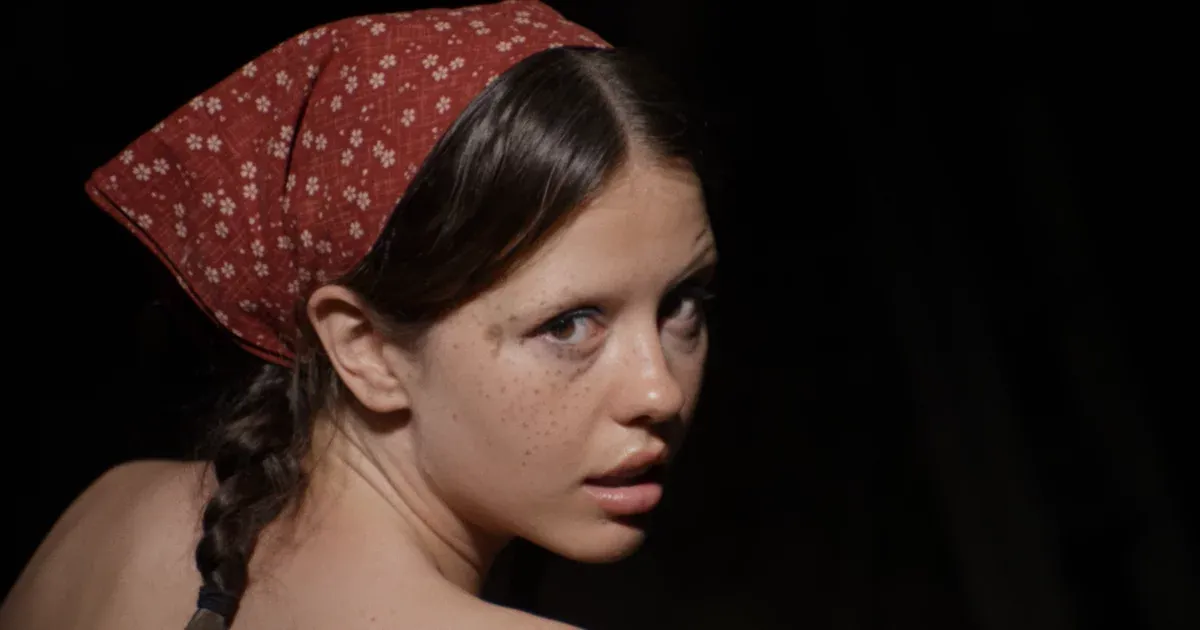
The new Ti West horror film X may be brimming with body parts, but audiences will be disappointed if that’s all they expect to see. While X is undoubtedly entertaining and bonkers fun, with stylized violence and risqué sensuality, it’s likely to be loved by film critics more than horror audiences. It’s actually an intellectual, provocative piece of art and theory disguised as a throwback horror exploitation film; it’s one of the best A24 movies of the past couple of years.
Putting the X in Texas, 1979
Massive letters decorated by U.S. of A. Stars and Stripes get scrawled across the screen, informing audiences that they’re entering 1979, a simpler time. This was the year that New York Times film critic Janet Maslin walked out of a screening of George Romero’s Dawn of the Dead, saying she “was able to sit through only the first 15 minutes” of the zombie classic (she later apologized and called it “unprofessional”). This was also the year that picket lines formed outside screenings of Monty Python’s Life of Brian, infuriated by its supposedly sacrilegious content. Today, popular cable television shows have much more violence and atheistic screeds, but it’s all old news, passé, just another echoing chuckle in the caverns of culture.
MOVIEWEB VIDEO OF THE DAY
Related: A24’s X Trailer Sees Creepy Couple Torment Adult Film Crew In 70s Texas
These two films, in particular, are mentioned because X brilliantly captures that feeling of 1979 when horror and sacrilege felt transgressive, and adult film was a secretive, thrilling adventure for many people, rather than 10 minutes and three clicks. The film follows Wayne, a get-rich-quick schemer who left his wife for the stripper Maxine. The two of them join Bobby-Lynne, a confident blonde bombshell, and the afro-clad stud Jackson Hole on a trip from their dingy strip club in an industrial wasteland to the rural heart of Texas. They bring along scriptwriter and filmmaker RJ, a dorky college kid with a passion for cinema, and his demure, boom mic-wielding technician girlfriend, Lorraine.
A24
They’ve rented a guest house on a farm owned by an impossibly old but still-in-love couple, all liver spots and stringy hair ready to fall out in clumps at the next stroke of a hairbrush. Pearl and Howard are ancient and insufferably Southern, their living room loud with the sounds of televangelists, their lemonade always iced, a shotgun by the front door for trespassers; strong morals is the name, self-righteousness is their game. They become oddly violent when they realize what the group of Houstonians are doing in their guest house — making an adult film. As RJ says, citing the French New Wave and avant-garde cinema, “It is possible to make a good dirty movie.” X is up to the challenge.
Explicitly Horror
Yes, there are several adult scenes, filmed in the exact style of Debbie Does Dallas, which was released the year before X is set. One might think, after reading this and considering the plot of the film, that the movie is smut; again, West has disguised a detailed masterclass on horror and femininity as trashy exploitation. “Nobody’s coming to see this film for the plot, they’re just coming to see [t&a],” one character cleverly says, indicating West’s disdain for that kind of picture and honest attempt to transcend it. He isn’t making an adult film, he’s deconstructing it, something he does quite literally with his editing.
A24
Horror and adult movies are both criticized for perpetuating the male gaze, creating what film theorist Laura Mulvey called “sadistic voyeurism.” However, West and feminist theorists have conceived of a different approach to horror, one which highlights the inherently feminine nature of the genre. Carol Clover, in her book Men, Women, and Chain Saws, writes:
Angry displays of force may belong to the male, but crying, cowering, screaming, fainting, trembling, begging for mercy belong to the female. Abject terror, in short, is gendered feminine, and the more concerned a given film is with that condition – and it is the essence of modern horror – the more likely the femaleness of the victim […] It is not only in their capacity as victims that these women appear in these films. They are, in fact, protagonists in the full sense: they combine the functions of suffering victim and avenging hero.
A24
X is practically academic in its dissection of horror movies and their intersection with the feminine (hence the titular X, which is two lines crossing, and the female chromosome). The film is boldly, subversively about female sexuality, with its main protagonist, Maxine, defiant against the religious figures, moral authorities, and audience members who either slut-shame her or view her as an object rather than a subject. Its main antagonist, Pearl, is a hideously aged woman mourning the loss of her beauty and youthfulness, reminding these gorgeous young people of their imminent mortality, that they too will grow old and die. In a mind-blowing move, both characters are (unrecognizably) played by Mia Goth in what will likely remain one of the best performances of the year. It looks like Goth will return in a prequel Ti West secretly filmed in tandem with X, titled Pearl; seeing as it’s already in post-production, the film might even be released in 2022.
Ti West’s History of Horror
X takes viewers through a kind of history of horror as it explicates the infamous idea of ‘the final girl’ (a term coined by the aforementioned Clover). The final girl is traditionally virginal, the one who survives because of her good morals and chastity, while the promiscuous characters get killed off one by one, audiences and filmmakers vicariously punishing these scream queens for their alleged sins. This was the conservative, Moral Majority approach to horror, beginning with Black Christmas and Halloween but reaching its zenith in the evangelical, fundamentalist republican Reagan-era. X is having none of it, though it courts viewers’ presuppositions before subverting the whole enterprise.
Related: Here’s Every Movie Directed by Ti West, Ranked
Texas Chain Saw Massacre (with its rural Texan landscape) and Psycho (with its creepy caretaker and car in the lake) are the important horror touchstones here, but countless others are referenced, or at least their themes and horror movie clichés get sliced up a bit. X has a lot of fun doing so, with some surprising moments of violence that are less like jump scares and more like acts of God (divine intervention, or the screenwriting trope of a deus ex machina, is explicitly mentioned here).
A24
The violence and suspense are expertly orchestrated, and West has mastered his filmmaking style here. Using incredible overhead shots which dwarf the characters and their actions, along with great zooms and innovative editing, the writer/director is in firm control of his craft. He has always been an artisanal filmmaker, obsessively recreating horror from the ’70s and ’80s; The House of the Devil was famous for its use of 16mm film, era-specific title, and credit sequences, cultural specificity, and filmmaking techniques that mimicked the schlock horror of previous decades.
West does a bit of that here, but he’s now less interested in meticulous recreation than he is in original creation, forging ahead with a great new horror film of his own. He still makes the movie as if it’s the year X is set in, though. This is a patient film, one which has no interest in spilling buckets of blood within the first five minutes.
X Marks the Spot
A24
Like many great horror movies, there really isn’t even any violence until more than halfway through the picture (after a character knowingly says, “It’s high time we get to the chase and give the people what they want to see”). Instead, X takes its time actually developing its characters and thematic motifs; it even takes time for a stunningly unironic needle drop, an acoustic rendition of Landslide by Fleetwood Mac, sung by Brittany Snow, and strummed by Kid Cudi.
Snow and Cudi are excellent in the film, as is the entire cast. Everyone is so present in their roles that the audience doesn’t realize who these famous stars are. The Disney star and Jane the Virgin actor Jenna Ortega looks the same as she always does, and yet inhabits the film in such a way as to make one forget who she is, just as Snow (the Hairspray and Pitch Perfect actor and singer), Cudi (the famous hip-hop artist and Kanye collaborator), and Martin Henderson (the Grey’s Anatomy actor) do. They leave everything behind, and West’s camera changes them.
X is a masterpiece. It’s careful and methodical, and a melancholic meditation on mortality and aging. It’s been nearly a decade (Roman numeral X) since Ti West made a horror film, and it was worth the wait.
13 of the Most Underrated Horror Movies of the 1970s
Read Next
About The Author
Matthew Mahler
(70 Articles Published)
Editor and writer for Movieweb.com. Lover of film, philosophy, and theology. Amateur human. Contact him at matthew.m@movieweb.com
You can view the original article HERE.





